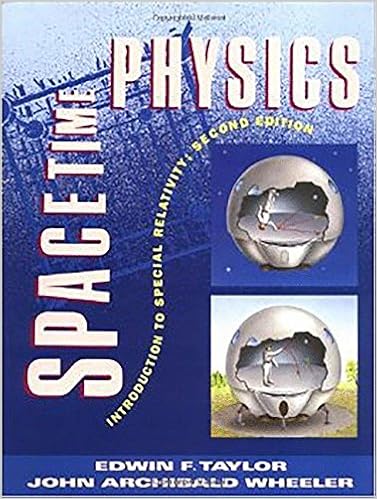Introduction Special Relativity Resnick Solution Manual
I just went back to the Sega CD, Saturn and Dreamcast for a bit. Looking forward getting back to xbox games. Fatx format tool. I'll be getting bakc to my xbox soon. _________________ 10% VIP Discount (Coupon Code: HQ-VIP-001 ) - Signup for web hosting at and earn the HQ network of sites recurring income! Sure is a neat and useful tool you made there LegendaryFire!
Feb 12, 2019 - introduction to special relativity resnick solutions is available in our book. DOWNLOAD ANY SOLUTION MANUAL FOR FREE Showing. Solution Manual For SOLUTION MANUAL RESNICK VOL 2 is available. Manual to accompany Jai N. Introduction to Special Relativity-Resnick.
X Exclude words from your search Put - in front of a word you want to leave out. For example, jaguar speed -car Search for an exact match Put a word or phrase inside quotes. For example, 'tallest building'. Search for wildcards or unknown words Put a * in your word or phrase where you want to leave a placeholder. For example, 'largest * in the world'. Search within a range of numbers Put.
Between two numbers. For example, camera $50.$100.
Combine searches Put 'OR' between each search query. For example, marathon OR race. • • • • • • • • Course Meeting Times Lectures: 19 sessions / 4 weeks, 1.5 hours / session Optional Recitations: 2 session / week, 1 hour / session Course Outline I. Introduction and Relativity Pre-Einstein II. Einstein's Principle of Relativity and a new Concept of Spacetime III. The Great Kinematic Consequences of Relativity IV. Velocity Addition and other Differential Transformations V.
Kinematics and 'Paradoxes' VI. Relativistic Momentum and Energy I: Basics VII. Relativistic Momentum and Energy II: Four Vectors and Transformation Properties VIII. General Relativity: Einstein's Theory of Gravity Detailed course outline () General Comments 8.20 is an introduction to Einstein's Special Theory of Relativity. We will probably have a lecture or two to introduce his General Theory as well, but the principal focus will be on special relativity, which we will study in quite a bit of detail.
If you have hoped to understand the physics of Lorentz contraction, time dilation, the 'twin paradox', and E=mc 2, you're in the right place. 8.20 is a 9-unit course given in the four weeks of. A 9-unit course is roughly equivalent to 30 hours a week for four weeks, be prepared to work hard! Problem sets will come upon you quickly.
So will the midterm and the final. The course will be defined by the lectures.
The reading is an important part of the course, but if you want to know what you are responsible for, it's the material that is presented in lecture unless otherwise explicitly stated. Course Prerequisites 8.20 is open to all MIT students who have completed or placed out of 8.01 (Physics I - Classical Mechanics) and 18.01 (Calculus I). Anyone in the MIT community who is familiar with elementary mechanics and who has a good knowledge of algebra (and a little knowledge of calculus) will find the course accessible. Textbooks The following textbooks are required or strongly recommended. Readings will be assigned in Resnick and Halliday and in French. Einstein's book is a cultural classic. Resnick, Robert.
Introduction to Special Relativity. New York, NY: Wiley, 1968. (required) French, Anthony Philip. Special Relativity. New York, NY: Norton, 1968.
(required) Einstein, Albert A. Relativity: The Special and the General Theory. New York, NY: Three Rivers Press/Random House, 1995. (recommended) Also available online. Here are some texts which supplement 8.20.
I don't recommend buying them, but you may want to look for them at the library. Rindler, Wolfgang.
Essential Relativity. (A more advanced book.) Sciama, Dennis W. The Physical Foundations of General Relativity. Doubleday-Anchor, 1969. No ISBN number.
(A very short, very elementary book on GR.) Sartori, Leo. Understanding Relativity. University of California Press, 1996. (Another book at the level of 8.20, similar to French, but with more space-time diagrams and less about experiment.) Problem Sets Problem sets are an important part of 8.20.
It simply isn't possible to learn relativity unless you sit down and work through problems and concepts on your own. We recognize that students also learn a great deal from talking to and working with each other. We therefore encourage each student to make his/her own attempt on every problem and then, having done so, to discuss the problems with one another and collaborate on understanding them more fully. The solutions you submit must reflect your own work.  They must not be transcriptions or reproductions of other people's work, published textbook solutions, or solutions from previous years.
They must not be transcriptions or reproductions of other people's work, published textbook solutions, or solutions from previous years.

Plagiarism is a serious offense and is easy to recognize. Don't submit work which is not your own.
